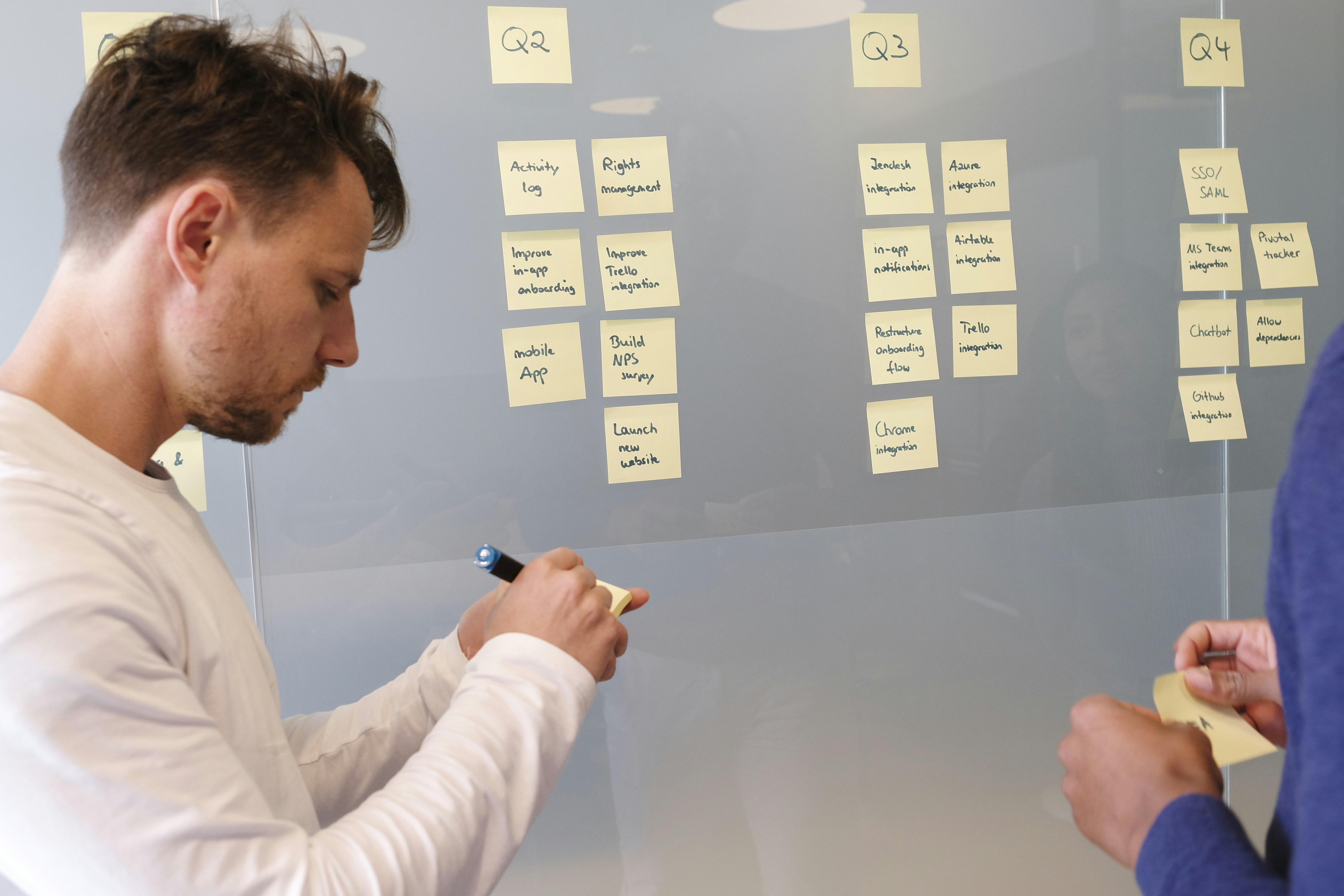Managing Your List
In the early days of a nonprofit, it may be realistic to simply keep a list of donors in a word processing or spreadsheet file. As time goes on, however, this list can become quite cumbersome. A number of alternatives have been created aimed specifically toward nonprofit organizations and their needs. In most cases, these donor management systems are in the form of databases.
Taking the time to review the functionality and support options available with each type of database can help ensure that you make the right choice for the activities that you will require. For example, do you need to be able to categorize your donors according the certain criteria (size or type of donation, familial status, income level, etc.) You also want to know that you will have the tech support you need. Does the software company provide training? What types of guarantees do they make on their products?
You can ask additional questions about the features you need to help guide you as you do comparison shopping among the different software applications that are available.
- Do we need to store contact information?
- Would we like to see more than one donation from each donor at a time?
- Is it necessary to see how our donors are related to one another?
- Would it be better to be able to access the information online or to have it in-house only?
- Will we want to customize fields or forms?
- Does the software allow us to do mail merges for campaigns and thank-you letters?
- Do we want to be able to batch the data to send directly to an accounting system?
- What can we afford?
Don’t overlook the importance of talking to other nonprofits to discover what types of systems they are using. Get their feedback and take that into consideration. The bigger software providers have grown because they are offering a product that others find valuable, so it may very well be worthwhile to spend a bit more at the outset for a “name brand” than to rely on a less expensive system that isn’t robust enough (or supported enough) to do what it needs to do.
Once you have this system in place, you can use it to further manage your list. You should be able to view specific donor data in order to approach them for the “right” campaigns. After all, someone who gives $10 a month may not be the right person to contact for a large, one-time gift. Meanwhile, someone who donates generously during annual campaigns may not appreciate being asked repeatedly throughout the year for other contributions.
Growing Your List Of course, most organizations are especially interested in growing their donor lists. They want as many people as possible to be aware of and contributing to their particular cause or mission. Competition for donor dollars is fierce, and each organization needs to do its best to reach its target donors. There are a number of ways to grow your list, with data capture being a majorly important factor. When a donation is received, it is in your best interest to immediately transfer the donor’s contact information in your data base, along with any other relevant information (the size of the donation, donation method, and campaign supported are some potential types of information that will be helpful later). Even prospects can be added to the donor list with certain designations. Rather than keeping everything “in your head,” having it on your list provides a better chance that it will be acted upon and that new donor will become a repeat donor or that prospect will become a contributor.
So, where do you find these donors? There are plenty of answers to that, but the right approach may be different for your organization than for others. By combining the appropriate choices from below and comparing them to the needs and goals of the organization, you can continue to support your development goals. Obviously, these are just a few options, but they do provide a reasonable starting point.
Direct Mail – Direct mail is similar to cold calling, in that you have very little information about the prospective donor but are hoping that sheer numbers of contacts will result in additional funds for the organization. While this method can work, it is often a considerable amount of work for the return on investment. Oftentimes, organizations will purchase mailing lists based on predetermined criteria such as income level or zip code. If you choose this option, really do some research into how it works in your geographic region and your area of interest.
Events – Holding an event is certainly a way to get more qualified donor prospects. After all, if they have taken the time and effort to come to your event, it’s likely that they care about your cause. Finding ways to capture the contact information of attendees can give your donor list a boost. Pre-registration can be one method. When the attendee signs up for tickets, he or she will enter contact information that can be transferred to the database. To augment the strength of relationship building, consider creating “non-ask” events where your supporters can bring others just to learn more about the organization without being solicited for contributions. If they like what they see, they always have to opportunity to become donors or volunteer later.
Web Site – Your organization’s web site should be able to gather information about those who donate online. Even if it is simply a name and an email address, this can be used for future fundraising contacts. Offer donors the opportunity to subscribe to an e-newsletter at the time of donation. Keeping in contact through the newsletter means that you are reaching them in a way that they feel comfortable (if they’re donating online, then they are likely technology users), and it keeps your organization in their minds. Always be sure to provide an opt-in request so that they choose to be on the mailing list, as well as an opt-out opportunity in each newsletter; and make sure that every newsletter you send them isn’t just an appeal for money.
Beware of purchasing email lists as a means to grow your donor base. In many cases, the lists are outdated, have been sold multiple times, and those on the list are not at all invested in your organization. Instead, they will see your solicitations as an intrusion and may get your entire domain blacklisted and unable to send emails at all.
Involve Others – Networking is a powerful tool, and in the age of social media, it has really changed in appearance. Both personal and digital networking can have a huge impact on your donor list. Ask your board members to review their networks and to introduce you to people you should know. While board members may have access to larger donors, don’t forget about your smaller donors. It is appropriate to ask them to support you by tapping their networks for others who might want to become involved with your organization.












 Nonprofits depend on their donors, so managing and growing a list of contributors is an important function, whether it is performed by the leadership of a small organization or there is a full-time development department in place to recruit and retain strong donors.
Nonprofits depend on their donors, so managing and growing a list of contributors is an important function, whether it is performed by the leadership of a small organization or there is a full-time development department in place to recruit and retain strong donors.
